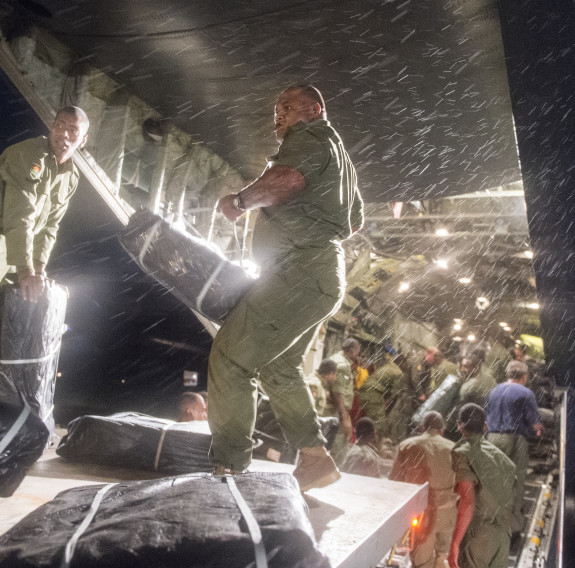Fiji
When Winston blew into town
When Cyclone Winston strikes Fiji on 20 February 2016, it pummels the country and leaves a trail of devastation, particularly in the northern outlying islands. Thousands of homes are destroyed, and water, power and communication outages are expected to continue for several days.
21 February 2016
An RNZAF P3-K2 Orion reconnaissance aircraft conducts aerial surveys less than 24 hours after Winston hits to assess the damage. This vital information provides Fijian officials with a clearer picture of the damage, saving them days of on-site damage assessments and enabling them to immediately secure international aid for relief efforts.
22 February 2016
In the aftermath of the disaster it is clear that Fiji faces a major clean-up and recovery operation. A RNZAF C-130 Hercules is ordered to depart for Suva. It carries almost 13 tonnes of emergency aid supplies and a Joint Reconnaissance Team made up of NZDF personnel, Fire Service and Ministry of Health staff to assist the Government of Fiji with damage assessments and help coordinate New Zealand’s aid effort.
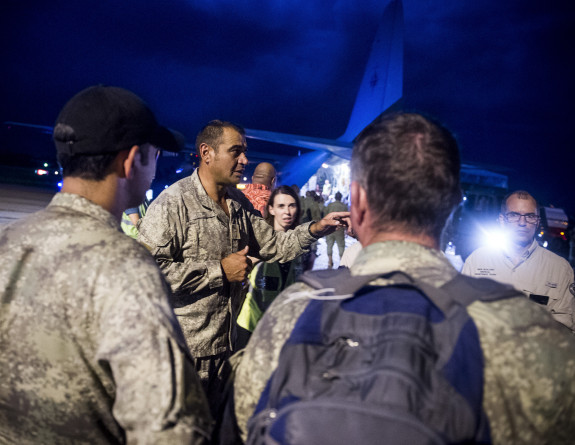
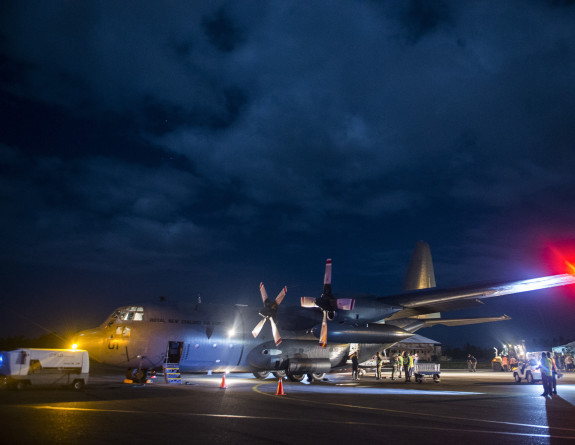
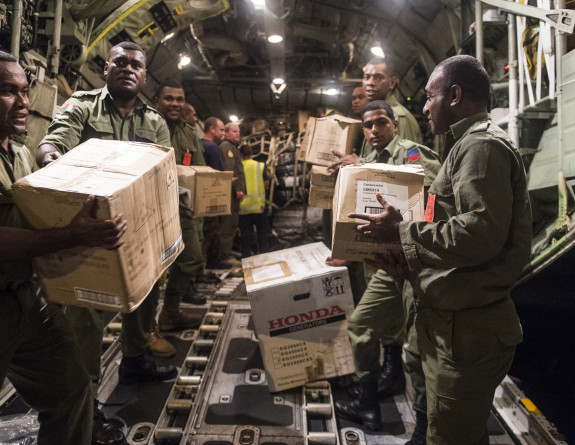
24 February 2016
An advance group of 37 specialist engineers arrive in Suva to help with the rebuilding process. They work alongside the Fijian military to support communities who have been devastated by the cyclone.
28 February 2016
Offshore Patrol Vessel HMNZS Wellington arrives with 60 tonnes of aid supplies and 71 military personnel.
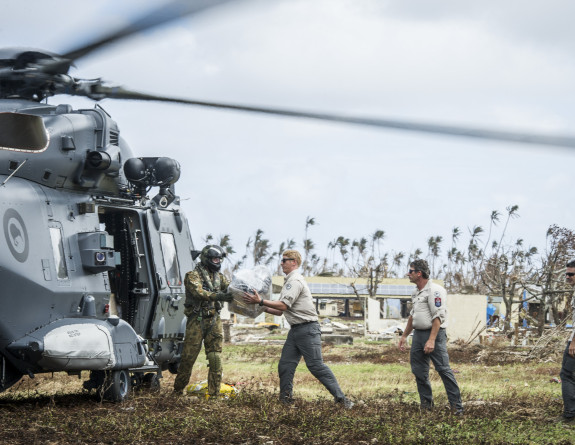
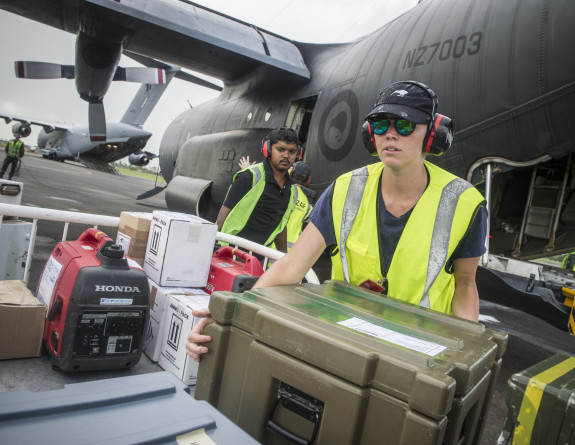
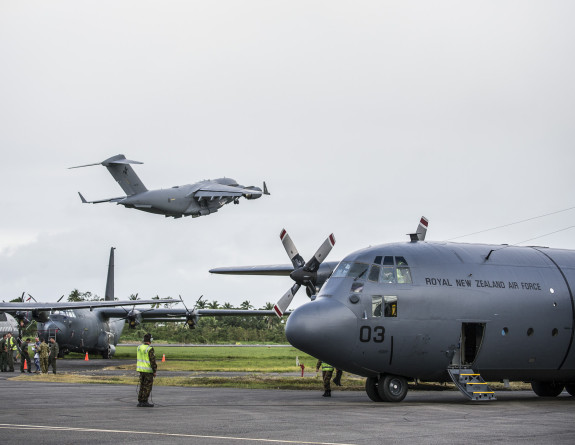
Delivery of Aid by the Air Force using Hercules and NH90 aircraft.
3 March 2016
Logistics and Supply vessel HMNZS Canterbury arrives from New Zealand with 106 tonnes of essential supplies, including building materials, water tanks and medical supplies. On board are 300 personnel, 2 Air Force NH90 helicopters, 2 Seasprite helicopters and 45 military vehicles.
The ship becomes the maritime base for recovery operations in the northern outer islands, while the NH90 helicopters, on their first overseas operation, deliver essential aid supplies, shelter kits, water purification equipment, food, and sacks of seeds and plant cuttings to cyclone-ravaged communities. They also transport New Zealand medical volunteers, NZDF personnel, and Fijian government staff to Fiji’s remote communities and far-flung islands.
In all, close to 500 engineers, soldiers, and aircrew are deployed on the humanitarian aid operation to Fiji, making it one of NZDF's largest peacetime deployments to the Pacific.
17 April 2016
After a month and a half of supporting relief and recovery operations, HMNZS Canterbury prepares to leave Fiji. New Zealand’s focus now turns to the long-term reconstruction effort to rebuild schools, evacuation centres, and medical facilities on Vanua Balavu and elsewhere in Fiji.
In addition to the immediate relief provided to Fijian people and communities, the deployment demonstrates NZDF's commitment to supporting Pacific nations and in particular the benefits of being able to work in partnership with our friends in the Fijian military forces.
